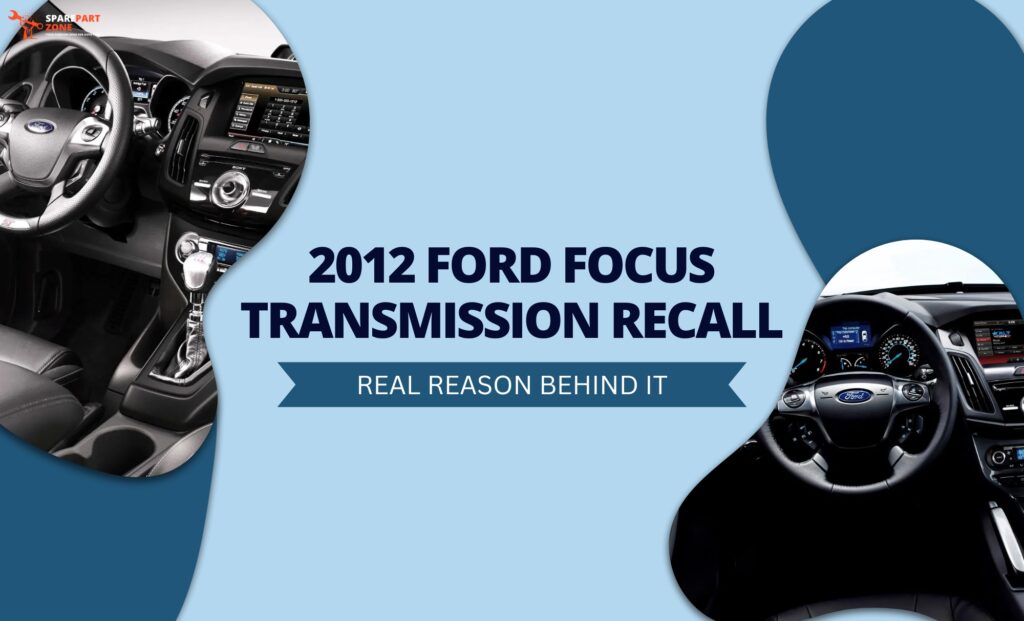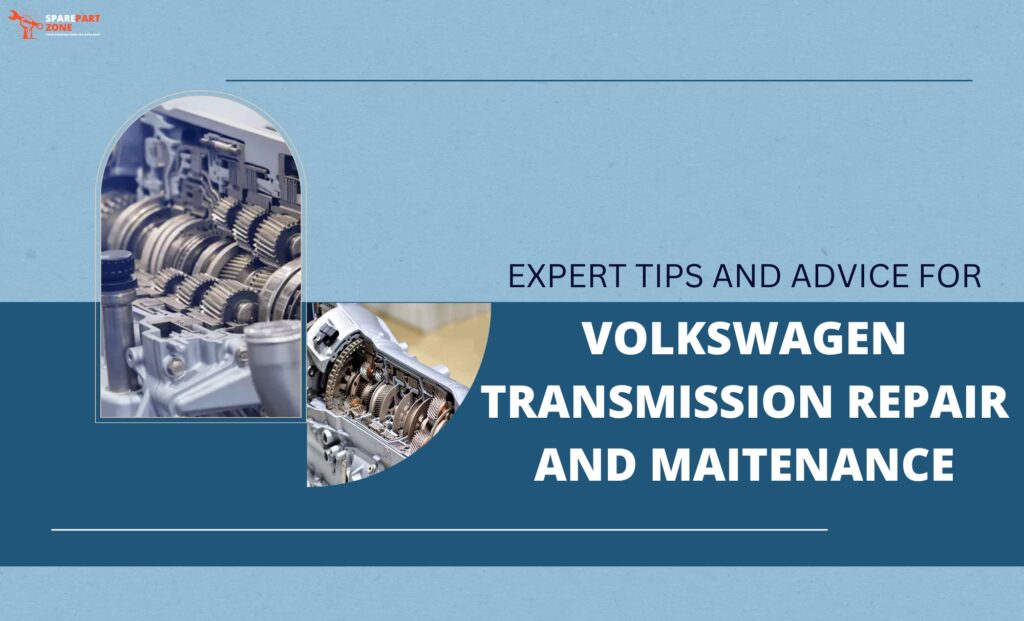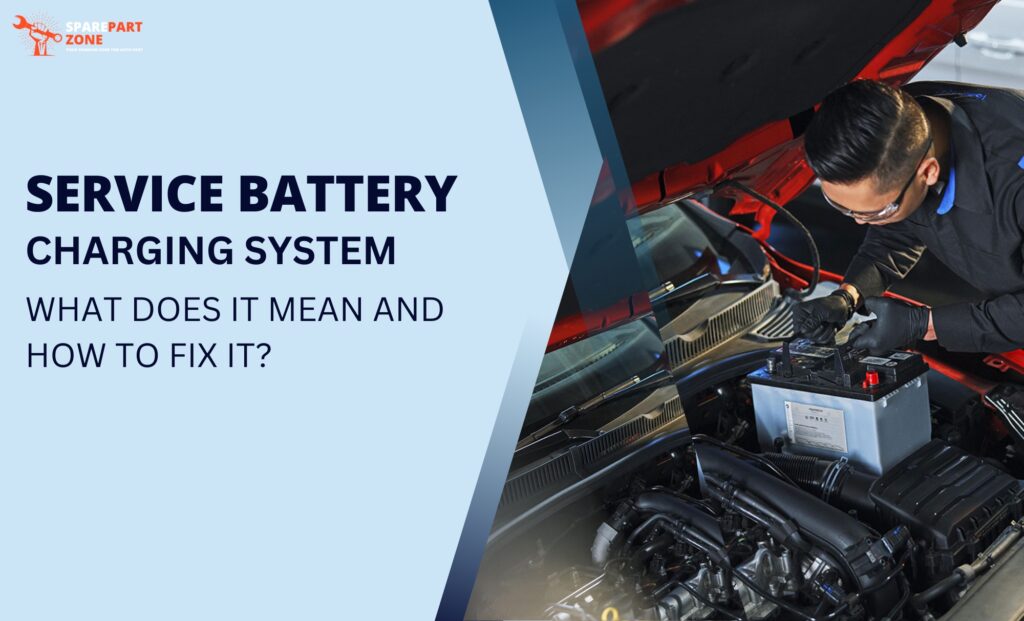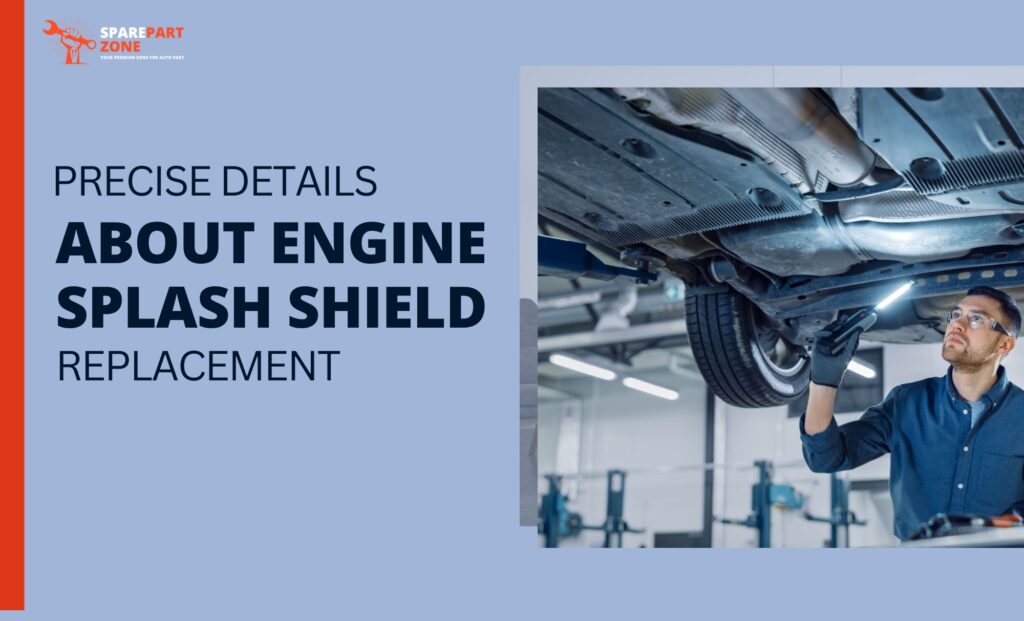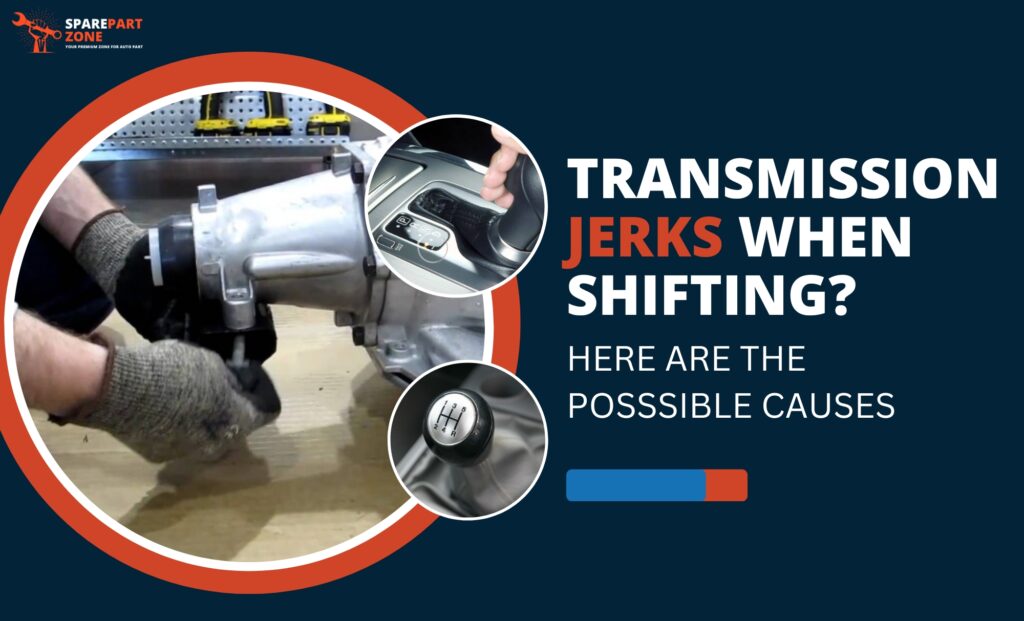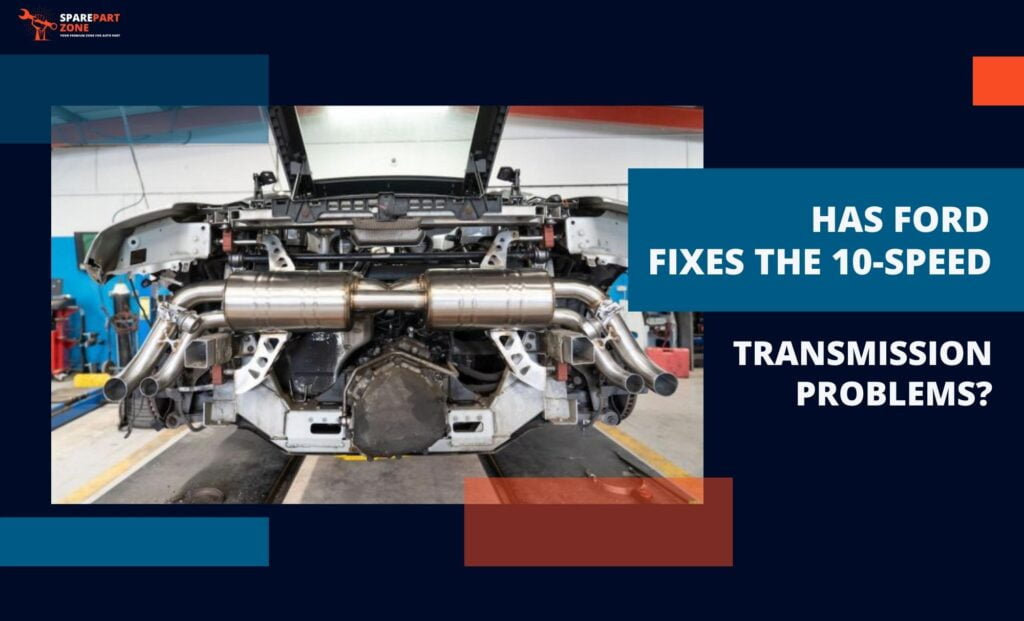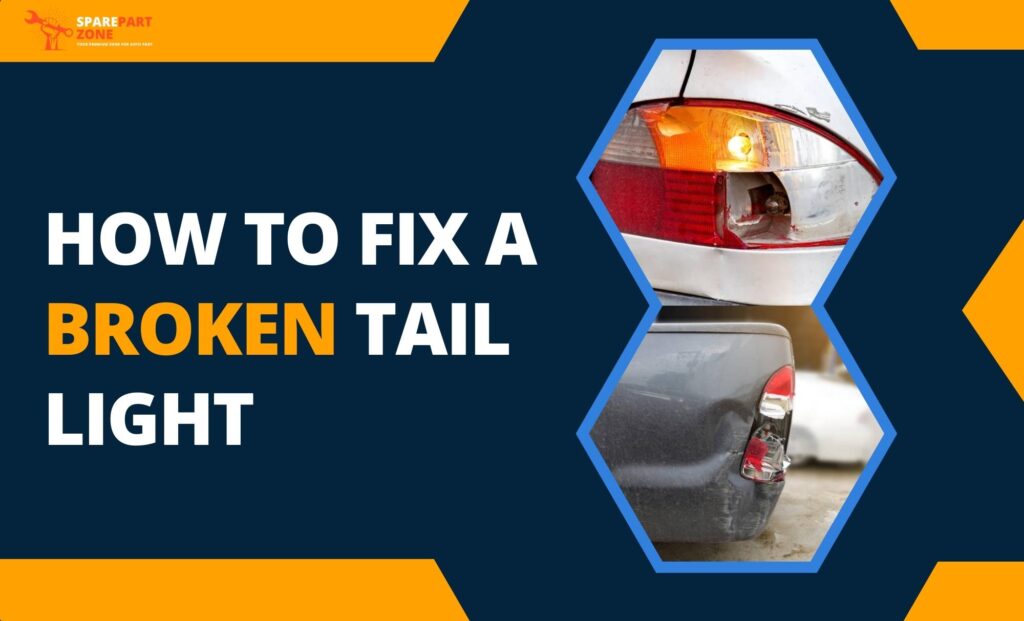2012 Ford Focus Transmission Recall: Real Reason Behind It
Ford has been successfully manufacturing their vehicles for a very long time now. In August 2012, Ford Motor Company issued a voluntary safety recall for certain 2012 Ford Focus vehicles equipped with the PowerShift 6-speed automatic transmission. The 2012 Ford Focus transmission recall was issued due to a potential problem with the transmission’s clutch that could lead to a shudder or jerking motion while driving, which could affect the vehicle’s performance and safety. The recall affected many vehicles in the United States and over 300,000 worldwide. Ford’s investigation found that the affected transmissions had an issue with the software controlling the transmission, causing it to shift abruptly and unpredictably. Let’s jump into the details of the recall. 2012 Ford Focus Transmission Recall The 2012 Ford Focus was subject to a significant recall related to its PowerShift transmission. The recall affected more than 1.5 million vehicles worldwide, including approximately 500,000 in the United States. The PowerShift transmission is a dual-clutch automatic transmission. It was for providing better fuel efficiency and faster shifting than traditional automatic transmissions. However, many owners of 2012 Ford Focus vehicles reported experiencing significant problems with transmission. Some of the most common issues reported by owners included delayed or harsh shifting, shuddering or jerking during acceleration, and the transmission slipping out of gear. In some cases, the transmission would even fail completely, leaving the vehicle unable to accelerate or move forward. In response to these issues, Ford launched a massive recall in 2016 to address the problems with the PowerShift transmission. The recall involved reprogramming the transmission control module, replacing various clutch parts, and installing a new wiring harness. While the recall was intended to address the issues with the PowerShift transmission, many owners continued to report problems even after the recall repairs were performed. As a result, Ford faced several lawsuits and complaints from customers, leading the company to discontinue the PowerShift transmission altogether eventually. Overall, the 2012 Ford Focus transmission recall highlights the importance of addressing potential safety issues with vehicles in a timely and comprehensive manner. While recalls can be costly and disruptive, they are necessary to ensure the safety and reliability of vehicles on the road. 2012 Ford Focus Transmission Recall Powershift Problems The 2012 Ford Focus was one of several Ford models that were subject to a significant recall related to their Power-Shift transmission. Ford responded to numerous reports of transmission problems from owners of these vehicles. The Power-Shift transmission is a dual-clutch automatic transmission that is for providing better fuel mileage and smooth gear shifting. However, many owners of 2012 Ford Focus vehicles reported experiencing significant problems with the transmission, including: Delayed or Harsh Shifting: One of the most common issues was harsh shifting. This meant that the vehicle would take longer than usual to shift gears or would shift gears abruptly, causing the car to jerk or shudder. Shuddering or Jerking During Acceleration: Many owners also reported experiencing shuddering or jerking when accelerating from a stop or at low speeds. This could make it difficult to maintain control of the vehicle, especially in stop-and-go traffic. Transmission Slipping Out of Gear: Some owners also reported that the transmission would slip out of gear, leaving the vehicle unable to accelerate or move forward. This could be especially dangerous if it occurred while driving on a busy road or highway. In response to these issues, Ford launched a massive recall in 2016 to address the problems with the PowerShift transmission. The recall involved reprogramming the transmission control module, replacing various clutch parts, and installing a new wiring harness. However, despite the recall repairs, many owners continued to report problems with their transmissions. Some owners even reported that the recall repairs made the problems worse, leading to a number of lawsuits and complaints from customers. As a result of these issues, Ford eventually discontinued the PowerShift transmission altogether, replacing it with a more traditional automatic transmission in later models of the Focus. CTA – Looking for Ford transmission? Buy the best, genuine, and tested transmission from the Spare part zone. Visit the online store now! Other Issues Included In the 2012 Ford Focus Transmission Fuel system: In 2019, Ford wanted a recall for some 2012 Ford Focus models due to a fuel system issue. The problem was related to the canister purge valve, which could malfunction and cause the fuel tank to deform or crack, leading to a fuel leak. This problem was similar to that in the 2004 Ford 150 transmission. Steering: Some 2012 Ford Focus models were recalled in 2014 because of a potential issue with the electric power-assisted steering system. The problem could cause the steering to fail, increasing the risk of a crash. Door latch: In 2016, Ford issued a recall for some 2012 Ford Focus models due to a door latch issue. The problem was related to the pawl spring tab, which could break and cause the door to unlatch while the car was in motion. Frequently Asked Questions

